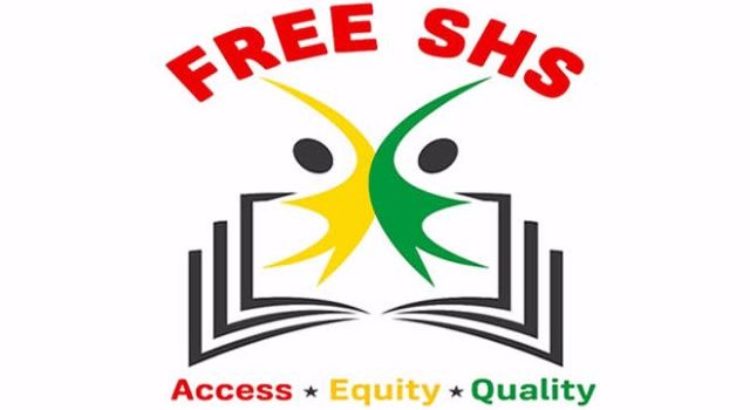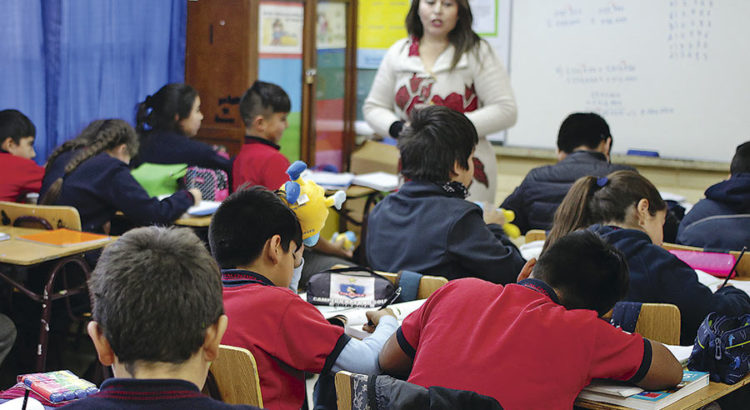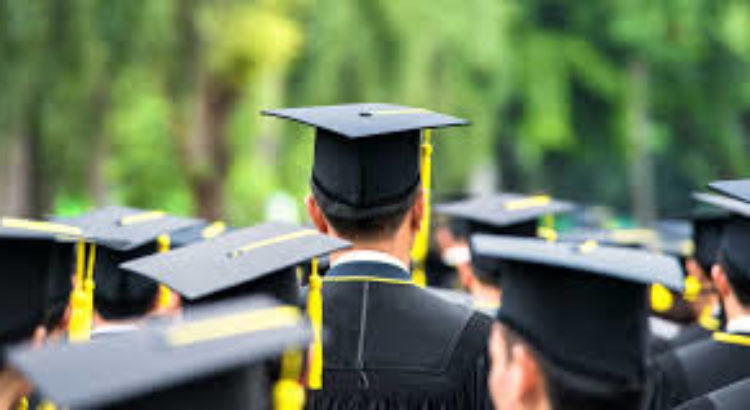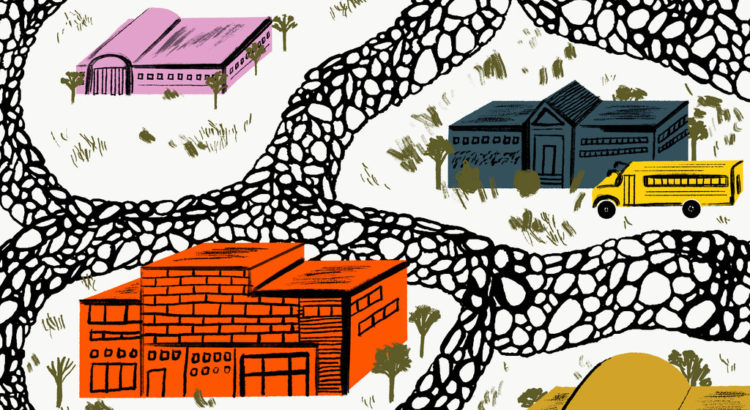Africa/Ghana/ghana.gov.gh
Reseña: La Jefa Suprema del Área Tradicional de Yagaba, Naa Sugru Wuni Mumuni, describió la implementación de la Política de SHS por parte del gobierno, como una de las estrategias más centradas en el ser humano que ayudaron a aliviar la pobreza en el país. El jefe, por lo tanto, ha exaltado al presidente Nana Addo Dankwa Akufo-Addo por el cumplimiento de la mayoría de sus promesas de campaña de 2016, que incluyen la implementación de la política de la escuela secundaria gratuita. Naa Mumuni dijo «muchos de los que dijeron que nunca cumplirían esta promesa de campaña. De hecho, los escépticos dijeron que simplemente estaban desesperados por el poder, de ahí las promesas jugosas e inalcanzables. Sin embargo, la historia ha cambiado hoy. Gente de esta parte «El país nunca podría soñar con inscribirse en las prestigiosas escuelas conocidas, en su mayoría ubicadas en el sector sur». Dirigiéndose a los jefes y al pueblo de Yagaba, el viernes 17 de mayo de 2019, en un durbar celebrado en honor al presidente Akufo-Addo, en la Región Noreste, el Jefe de Yagaba confirmó que no menos de 20 estudiantes del distrito de Mamprugu Moagduri tenían admisión en escuelas como Prempeh College, Adisadel College y las otras escuelas secundarias de prestigio en el país.
The Paramount Chief of Yagaba Traditional Area, Naa Sugru Wuni Mumuni, has described the government’s implementation of the Free SHS Policy, as one that will go down in history as the most human-centred strategy that helped in alleviating poverty in the country.
The Chief has, therefore, extolled President Nana Addo Dankwa Akufo-Addo for the fulfilment of most of his 2016 campaign promises, which include, the implementation of the Free Senior high school policy.
Naa Mumuni said “many were those who said you will never fulfill this campaign promise. In fact, the skeptics said you were simply desperate for power, hence the juicy and unattainable promises. The story has, however, changed today. People from this part of the country could never dream of enrolling into the known prestigious schools, mostly located in the southern sector.”
Addressing the chiefs and people of Yagaba, Friday, 17th May, 2019, at a durbar held in honour of President Akufo-Addo, in North East Region, the Yagaba Chief confirmed that not less than 20 students from the Mamprugu Moagduri district had admission into schools such as Prempeh College, Adisadel College and the other prestigious senior high schools in the country.
“The Free SHS has helped in reducing kayayei in Mamprugu Moagduri, because your government takes care of school fees, and students do not need to travel down south to engage in menial jobs in order to enable them to pay their fees,” the Chief added.
Naa Mumuni apprised that “ever since you were voted into power by the overwhelming people of this country, you have never let us down. You inspire and keep inspiring hope in the good people of this country.”
He expressed the appreciation of the Chiefs and people of Yagaba to the President for initiating pro-poor policies to help cushion the people of Yagaba and all Ghanaians.
“Mr. President, this area is predominantly a farming community. Your social intervention policy of Planting for Food and Jobs led to a bountiful harvest in this district. Fertilizer subsidies under this flagship programme have boosted our local economy,” he said.
The Chief also thanked President Akufo-Addo for the “expansion of the LEAP programme”, which, he said “has equally reduced economic and social suffering. We continue to pray that all of these initiatives and those yet to come will move Ghana beyond aid as you have envisioned.”
Fuente; http://www.ghana.gov.gh/index.php/media-center/news/5632-free-shs-most-people-centered-policy-in-ghanaian-history-yagaba-chief
















 Users Today : 50
Users Today : 50 Total Users : 35460181
Total Users : 35460181 Views Today : 70
Views Today : 70 Total views : 3418853
Total views : 3418853